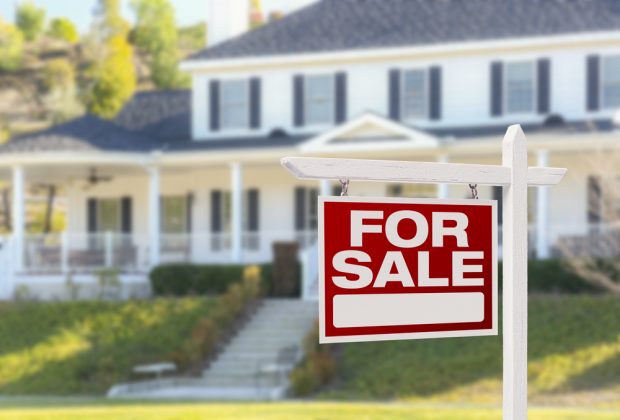 Home sales slide.
Home sales slide.
Sales of previously owned U.S. homes unexpectedly slumped for a fourth month to the weakest in more than two years, signaling higher prices and tight supplies continue to squeeze demand, a National Association of Realtors report showed Wednesday.
Contract closings fell 0.7% m/m to a 5.34m annual rate (est. 5.4m), the slowest pace since Feb. 2016, after unrevised 5.38m Median sales price increased 4.5% y/y to $269,600 Inventory of available properties unchanged y/y at 1.92m. The report adds to other recent signs of cooling in real estate markets. Prospective home buyers are increasingly discouraged by rising borrowing costs and property-price increases that are outpacing wage growth. The share of Americans who say it's a good time to buy a home fell in August to 63 percent, the smallest since 2008, the University of Michigan consumer sentiment survey showed on Friday.
Recommended For You
Continuing declines in purchases of single-family homes and cheaper properties suggest that the market is being supported by an increasing concentration of activity among those with higher income and financial assets.
The slump was led by an 8.3% decline in the Northeast, while the South and Midwest also decreased. Sales rose in the West.
The decline in sales "has been a slow drip, and the housing market is the same story, where we're lacking inventory," Lawrence Yun, NAR's chief economist, said at a press briefing accompanying the report.
At the current pace, it would take 4.3 months to sell the homes on the market, unchanged from the prior month – realtors group considers less than five months' supply consistent with a tight market. Single-family home sales fell 0.2% to annual rate of 4.75 million.
Purchases of condominium and co-op units dropped 4.8% to a 590,000 pace. First-time buyers made up 32% of all sales, compared with 31% in prior month. Homes were on the market for an average 27 days, compared with 26 days in June and 55% of homes sold in July were on market for less than a month, NAR said. Existing home sales account for 90% of the market and are calculated when a contract closes; new home sales, considered a timelier indicator though their share is only about 10%, are tabulated when contracts get signed.
© 2025 ALM Global, LLC, All Rights Reserved. Request academic re-use from www.copyright.com. All other uses, submit a request to [email protected]. For more information visit Asset & Logo Licensing.






